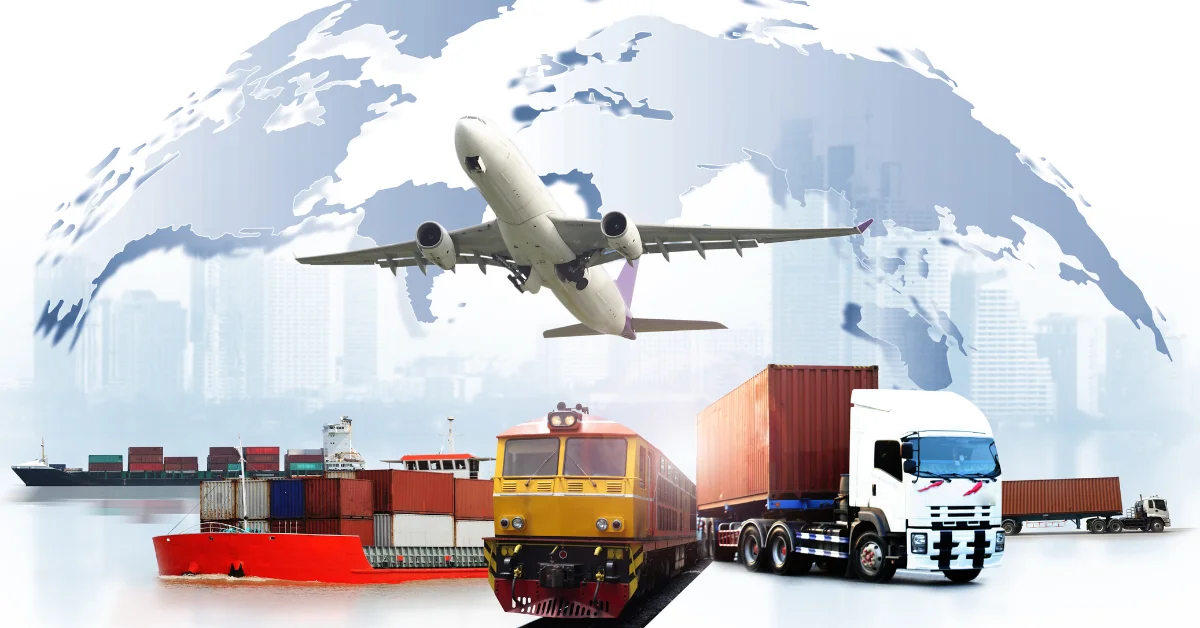It is similar to the Spanish story. Not the story of Spanish conquistadors of the medieval or late medieval period. But the emerging narratives of Spanish industry captains of the new age, the era of digitalization and e-commerce. Within this, Spain’s love and lust for logistics subsumes its role under the remit of supply chain management.
Spain is known for its massive manufacturing – the sector alone accounts for around 12 percent of GDP – it would not have been possible without the country’s massive reliance on its efficiency of logistics and supply chain management. Hence, without this improved supply chain and logistics management Spain could not have grown so much in tourism, chemicals and petro-chemicals, food and beverages, and heavy industries.
The Role of Education in Shaping Spain’s Supply Chain Excellence
A few big-ticket universities and top-league B Schools such as C3S Business School based in Barcelona have recognised this trend in commerce and economy to put together their curriculum on the same for delivery of campus-based and blended learning programmes. ”Both undergraduate and postgraduate courses in supply chain and logistics management are an integral part of C3S Business School’s academic deliverables and aligned to industry to keep the programmes abreast of the changes on the ground,” says Hiren Raval, ceo, C3S Business School. ”These supply chain and logistics management courses now are being developed as premium world class programmes”. The emphasis on the Befittingly, when the factory activity in Spain shrank for six consecutive months in the second half of 2022 it was imputed to the Spanish industry’s lack of focus on logistics and supply chain management under the overarching e-commerce.
Hence, it would not be an exaggeration to say, without leveraging on logistics and supply chain management that deals with a system of procurement, operations management, logistics and marketing channels, Spain could not have been the world’s twentieth-largest exporter in the world and the sixteenth-largest importer.
The ecosystem of Spain’s commerce links supply chains to value chains in which used products re-enter the supply chain at any point where residual value is recyclable. Spain holds the sway over the resources managed in logistics under the overarching supply chain management, this includes all tangible goods such as materials, equipment, and supplies, as well as food and other consumable items.
In the burgeoning logistics and supply chain management in Spain both Madrid and Barcelona (a part of Cataluna province) assume significant importance, accounting for some 69 percent of the volume and 54% of the assets transacted in Spain. This is not to increase the massive growth of logistics and supply chain management due to recent investment in Valencia, Sevilla, Vizcaya and Zaragoza, as well as in more decentralised areas such as Burgos and Galicia.
In 2022, the Spanish logistics sector as a part and parcel of supply chain management increased its turnover by 6.3 percent compared to 2021, without counting the assets included in the Montepino portfolio operation.
Scott Adams’s comic strip character engineer Dilbert would say in his satirical office humor about a white-collar, micromanaged office, ‘’ “The best way to reduce your supply chain inventory is to sell it.” The Spanish seem to have interpreted in their way to gain maximum efficiency in logistics and supply chain management.
Navigating the Trade-offs: Spain’s Strategic Choices in Supply Chain Management
They appear to have maintained alternative suppliers for their core businesses, re-evaluated their sourcing strategies and suppliers, and embraced e-commerce as a part of their digital transformation to occur at maximum efficiency their logistics and supply chains, thus, the whole Spain has become less siloed and more collaborative.
It is common knowledge that improving logistics and supply chain management requires a lot of trade-offs. Spain seems to have traded off things they needed least against obtaining massive gains in logistics and supply chain management, something which would demand rewriting the entire rule of “trade-off” in economics. The Spain industry seems to have a deep insight into common trade-offs in logistics and supply chain design, the choices that exist between service and flexibility. They know their survival is contingent upon providing high service levels to their customers, such as short lead times, high fill rates, or customized options.
Spain industry’s ecosystem maintains flexibility in its logistics and supply chain, such as the ability to adapt to changes in demand, supply, or market conditions. However, the country also knows that increasing service levels usually requires reducing flexibility, such as holding more inventory, committing to longer contracts, or standardizing products. For example, you may have to choose between offering a plethora of products or a narrow but more efficient product line. Or you may have to choose between having a centralized or a decentralized distribution network. To make this trade-off, the Spanish industry knows how to assess consumers’ needs and wants, market volatility, and operational capabilities.
Often the pundits of logistics and supply chain get caught up in a cleft stick, the fundamental trade-offs in supply chain design, the duality of cost and quality. The industry wants to deliver high-quality products and services while minimizing operational and logistical expenses. To make this trade-off, the Spanish seem to have understood the 21st century consumers’ expectations and preferences, keeping the companies on the right side of competitive advantage, and soaring bottom lines.
Further, there is a common trade-off in supply chain design, the mind-twisting choice between sustainability and risk. You set your heart on making your supply chain more sustainable, such as by reducing waste, emissions, or energy consumption. But you sincerely yearn to mitigate the risks in your supply chain, such as disruptions, precariousness, or vulnerabilities. However, augmenting sustainability usually involves snowballing risk, such as relying on fewer suppliers, using alternative materials, or putting new technologies to use. For example, you may have to choose between sourcing from a local vendor but a more expensive supplier or a global but more carbon-intensive monster. Or you may have to choose between using renewable but less stable energy sources or fossil fuels but more stable racehorses. To make this trade-off, you have to appraise and weigh up your environmental impact, your social responsibility, and your risk appetite. All the social actors in Spain industry seem to have successfully gone through these choices and emerged as winners.
The Final Takeaway!
Well, the whole Spanish recipe of logistics and supply chain management sounds very formulaic, like Oppenheimer’s A-bomb, which codes only Oppenheimer knows, and Nolan knows how to reprise this with his unconventional narrative structures and experimental soundscapes. Knowing the Spanish success story of logistics and supply chain management is also like movie-making of another kind.



